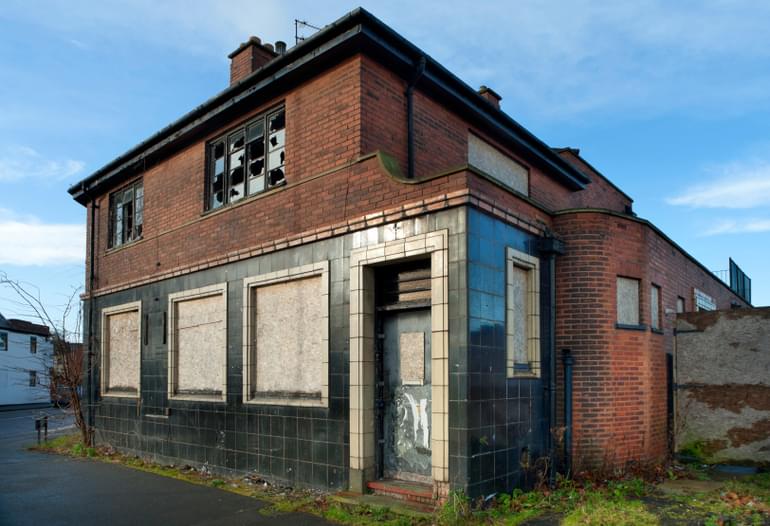Using a writ of restitution against returning squatters
By David Asker on
Since the criminalisation of squatting in residential premises in 2012, many squatters have turned their attention to commercial property, with many landlords suffering on more than one occasion.

Writ of possession
Squatters are removed from commercial premises by High Court Enforcement Officers (HCEO) under a writ of possession. In the majority of cases, the landlord or their solicitor will obtain an order for possession in the county court, which can be transferred up to the High Court for enforcement by an HCEO under the writ. In some cases, the application may be started in the High Court.
There is a court fee to obtain the writ, which, in the case of squatters, will be made against “persons unknown”.
However, the writ of possession may only be executed once, which leaves the questions of what to do if there is a further occupation of the premises by squatters.
Writ of restitution
Fortunately, you do not need to start the process again right from the start. You can remove the squatters under a writ of restitution.
The writ of restitution is a writ in aid of another a writ. It is issued by a Master – the HCEO will normally manage the application process on the client’s behalf – and is then enforced in the same way as a writ of possession.
The Court will give leave to issue the writ of restitution, against “persons unknown”, even where the re-occupation is not by the same persons and indeed after quite a period of time, provided that a sufficient link can be shown to the Master between the two events.
Whilst not the most common of writs, it is one we use increasingly frequently for commercial premises. If you can, avoid the need and prevent squatters from gaining access through proper site security.

David Asker
David is an authorised High Court Enforcement Officer and our Director of Corporate Governance
